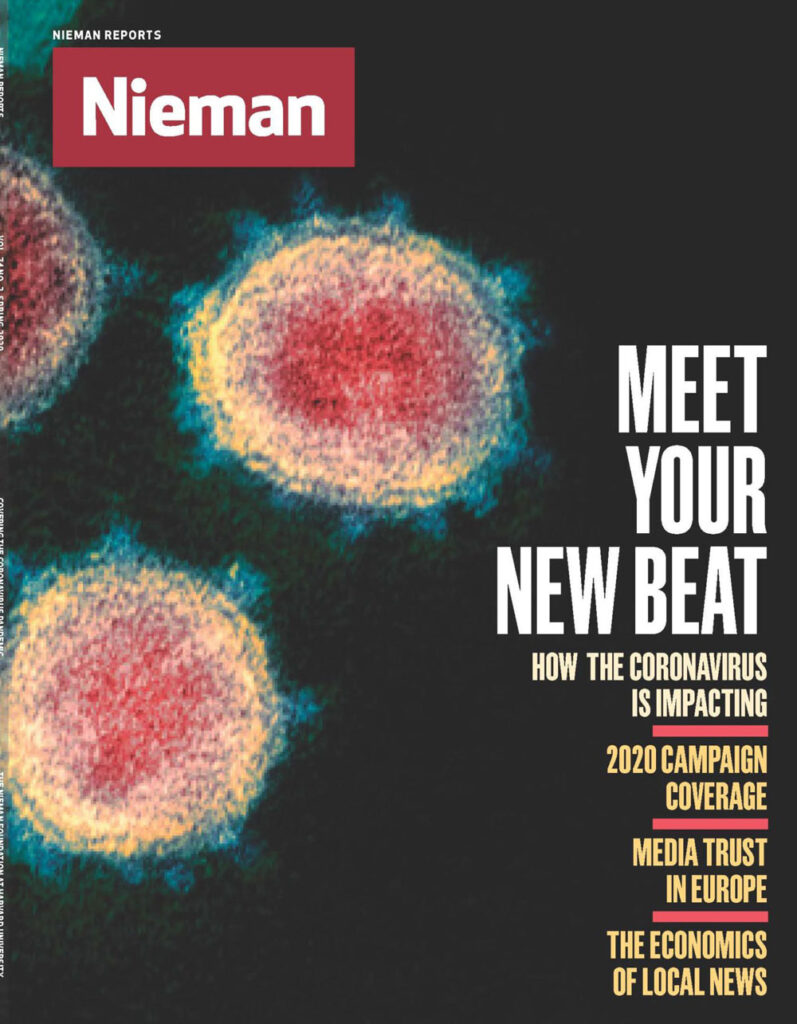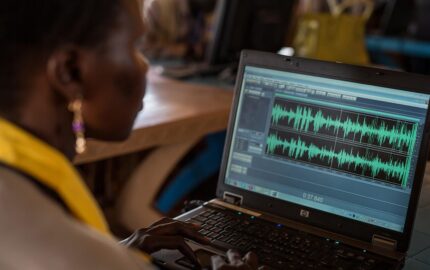This conspiracy has been bubbling online for the past few weeks, an offshoot of conspiracies about the “dangers” connected to 5G mobile technology. This time people are connecting the fact that Wuhan is one of China’s smart cities with the spread of the coronavirus across the globe.
What caused this conspiracy to spike over the past couple of days? While it’s impossible to say for sure, it was very likely caused by a couple of high-profile shares of the conspiracy by celebrities, including the actor Woody Harrelson and the TV personality Amanda Holden and Olympic boxer Amir Khan in the U.K. (Holden subsequently deleted her tweet.)
This particular conspiracy is part of a number that have emerged during this pandemic. Others focus on how the virus started, some pushing a narrative that it was a bio-weapon designed in a Chinese lab, others claiming it’s a virus created by Bill Gates in order to make money from a globally enforced vaccination program. There are other conspiracies designed to undermine the credibility of Dr. Anthony Fauci, director of the National Institute of Allergy and Infectious Disease, some pushing the falsehood that certain types of people won’t get the virus, and others that the virus is an attempt to derail the U.S. election.
As well as these conspiracies, there are many other types of misinformation online, from false and misleading claims about home remedies that could prevent infection or cure the disease, false claims about the Centers for Disease Control doing door-to-door testing, impending lockdowns, and army deployments.
While it’s easy to dismiss the impact of these conspiracies and falsehoods, it seems we should be taking them more seriously. A survey published by Pew at the beginning of April found 39% of Fox News viewers believed the virus was created in a lab. And the real-world implications playing out over the 5G myth in the U.K. mean it’s hard to ignore.
What role should news organizations play when it comes to online misinformation? Fact-checkers around the world are working together to debunk false claims about coronavirus. But is debunking something that newsrooms should do? Five years ago, the answer might have been a resounding “no.” Journalism is about investigating the truth, not cleaning up the grubbier parts of the internet.
But things have now changed. Mother Jones is running a survey asking its readers where it could have the greatest impact. Thirty-one percent of initial respondents said that they wanted the outlet to debunk misinformation that threatens people or instills fear. This was the top response.
But knowing when to tackle these falsehoods and conspiracies is difficult. Many news outlets, particularly national or international ones, have significant audiences. Reporting on a rumor or falsehood circulating in niche or disconnected online spaces (which is where most conspiracies live) or debunking a falsehood can give it legitimacy and certainly more oxygen. Many more people then hear about it than would have been the case previously.
And why is this a worry? Because many psychological studies have shown that unless a debunk is done appropriately—or when people don’t read the explanation, just the poorly worded headline, tweets, or Facebook post—our brains are more likely to remember the falsehood.
Familiarity and repetition play a significant role in what and how we remember information. So when you’ve seen the falsehood and conspiracy multiple times online, and then you see a major news outlet repeat the falsehood as they explain why it’s not true, our brains struggle. This doesn’t mean newsrooms shouldn’t run debunks, we just need to be careful about how we do it.
At First Draft, we talk about the tipping point. Our work tracking misinformation in countries around the world has shown if you debunk a rumor too early, you can give it oxygen. If you leave the debunk too late, the falsehood and conspiracy takes hold, and it’s almost impossible to slow down its spread or to convince people it’s wrong.
When we’ve run trainings on this subject, we’ve always used the Pizzagate conspiracy theory as an example. Even though many journalists knew the conspiracy was being shared online, no one wanted to give it legitimacy. But by the time a man drove to the Comet Pizza restaurant in D.C. from North Carolina and shot a gun inside, it was too late to squash the conspiracy. Too many people believed it.
With the 5G coronavirus conspiracy, I think we’re at the tipping point moment. As James Ball, global editor of the The Bureau of Investigative Journalism, stated earlier this week on Twitter: “This is getting deeply dangerous. It needs more mainstream coverage, and some prime-time myth busting.”
During two election campaigns, in France and Brazil, journalism collaborations we led did exactly this. When rumors passed the tipping point, multiple outlets pushed out strong debunks at the same time, and it did appear to slow down the rumors and conspiracies.
There needs to be a collective response by newsrooms to the dangerous rumors that are emerging around the virus. There is going to be real-world harm from misinformation connected to COVID-19. For the past three and a half years in the U.S., the focus has been on political disinformation on Facebook. And while there were certainly concerns that these campaigns might drive down trust in the electoral system, there wasn’t a sense that there was going to be a threat to life.
Most of the problems in other parts of the world were about real-world harm, whether that was science or health misinformation about food or medicine, or home remedies, or disinformation about groups of people based on race, religion, ethnicity or sexual orientation.
We need to take lessons from these examples about the need to take misinformation seriously. We need newsrooms to work collectively to push out consistent messages around false and misleading information. We need responsible headlines that don’t use SEO for clicks that can then reinforce the rumors.
Journalism schools don’t teach how to work responsible debunks, and we need to start integrating those lessons. For any journalists who want to understand best practices for slowing down misinformation by reporting, we just launched a course. The third section is all about how to word headlines, choose images, and effectively report on rumors, conspiracy theories, and falsehoods. Newsrooms need to start updating their skills and knowledge for these new challenges.




